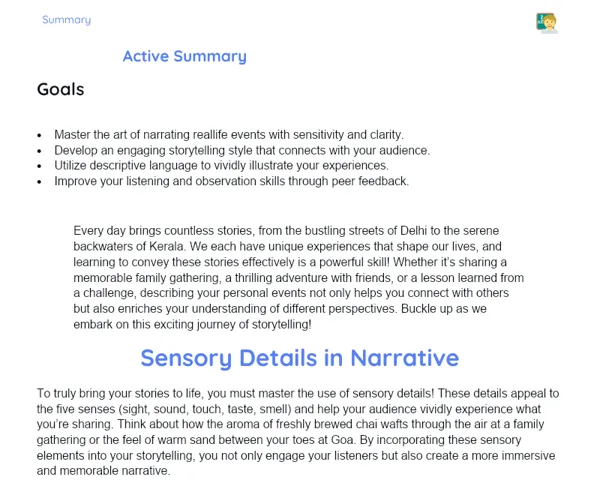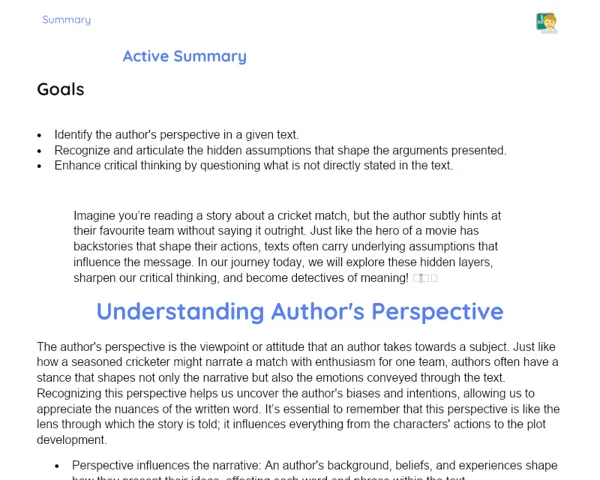Objectives
1. Identify and correctly use the relative pronouns 'who', 'which', 'that', and 'whose', understanding their roles in various contexts.
2. Enhance your written and spoken communication skills by using relative pronouns to connect ideas and information smoothly.
3. Acknowledge the significance of relative pronouns in academic and professional settings, employing them in texts and conversations to improve clarity and coherence.
Contextualization
Did you know that relative pronouns act like little detectives in English? They connect information and clarify meanings, making our communication more precise and fluid. Just picture reading a story without these 'detectives'... it would be confusing and much less engaging! Thus, when we write or speak, using relative pronouns correctly is vital to avoid misunderstandings and ensure our ideas come across clearly. Mastering these pronouns not only boosts our grammar but also makes us more effective and persuasive communicators!
Important Topics
WHO
The relative pronoun 'who' is used to refer to people and can act as either the subject or object in a sentence. It helps in linking information about a person, thus making the communication clearer and more flowing. For instance, in 'The woman who won the marathon is my neighbour', 'who' points to 'the woman' and also serves as the subject of the relative clause.
-
Used for people (both subject and object).
-
Links information about the same person within a sentence.
-
Essential for constructing complex and detail-rich sentences.
WHICH
The relative pronoun 'which' refers to things, animals, or concepts and provides additional information about something previously mentioned. It is usually employed in non-restrictive relative clauses, which are not crucial for the main meaning of the sentence. For example, in 'I bought a new car, which is really fast', 'which' adds more detail about the car.
-
Used for things, animals, or ideas.
-
Introduces non-essential supplementary information.
-
Maintains fluency in writing and conversation by adding details.
THAT
The relative pronoun 'that' can refer to people, things, animals, or concepts and is used in both restrictive and non-restrictive clauses. It is often found in informal contexts and can be applied to any type of antecedent. For instance, in 'The book that I bought is on the table', 'that' refers to the book and is essential for the sentence to make sense.
-
Universal reference (applicable for people, things, etc.).
-
Used in both restrictive and non-restrictive clauses.
-
Common in informal and conversational use.
Key Terms
-
Relative pronoun: A word used to link a relative clause to a main sentence, referring to an element mentioned earlier and aiding in combining information in a more intricate and detailed manner.
-
Subject: The part of a clause or sentence about which something is stated. The relative pronoun 'who' can function as the subject in a relative clause.
-
Object: The part of a clause or sentence that receives the action of the verb. The relative pronouns 'who' and 'which' can act as objects, depending on the situation.
For Reflection
-
How can misusing relative pronouns impact clarity and understanding in a text or a conversation?
-
Why is it crucial to know the difference between restrictive and non-restrictive clauses when using relative pronouns?
-
In what ways can mastering relative pronouns enhance your communication and expression skills in English?
Important Conclusions
-
In this lesson, we explored the relative pronouns 'who', 'which', 'that', and 'whose', highlighting their role in connecting information and making our English communication clearer and more precise.
-
We reviewed practical examples and discussed how each relative pronoun functions in different contexts, which helps in building more complex and detailed sentences.
-
Understanding and applying relative pronouns correctly not only improves our grammar but also significantly enhances our ability to express ideas effectively and coherently.
To Exercise Knowledge
- Relative Pronoun Usage Journal: For one week, keep a journal to note the instances when you used relative pronouns in English. Aim to use each relative pronoun multiple times, and at the end of the week, review to check if you used them accurately. 2. Rewrite and Edit: Take a newspaper article or a short story and rewrite some sentences by swapping the relative pronouns with others. Then, revise your new sentences and discuss the meaning changes. 3. Family Discussion: Pick a topic to converse about with your family and try to incorporate relative pronouns into your dialogue. Encourage other family members to notice and correct your use of the pronouns.
Challenge
🚀 Linguistic Detective Challenge: Create a small mystery or puzzle for your family or friends. Write clues that incorporate relative pronouns to guide the solution to the mystery. For example, 'The person who has the red hat is the key to the puzzle.' See who can crack the mystery using the clues with relative pronouns!
Study Tips
-
Use flashcards to practice relative pronouns. Write a sentence with a blank for the relative pronoun on one side, and the correct pronoun on the other. This aids in memorization and practical application.
-
Watch English films or series and try to spot the usage of relative pronouns. This is particularly helpful for understanding the context in which different relative pronouns are often used.
-
Practice crafting short paragraphs or dialogues that include relative pronouns. Ask a colleague or teacher to review and provide feedback on their usage and placement.



